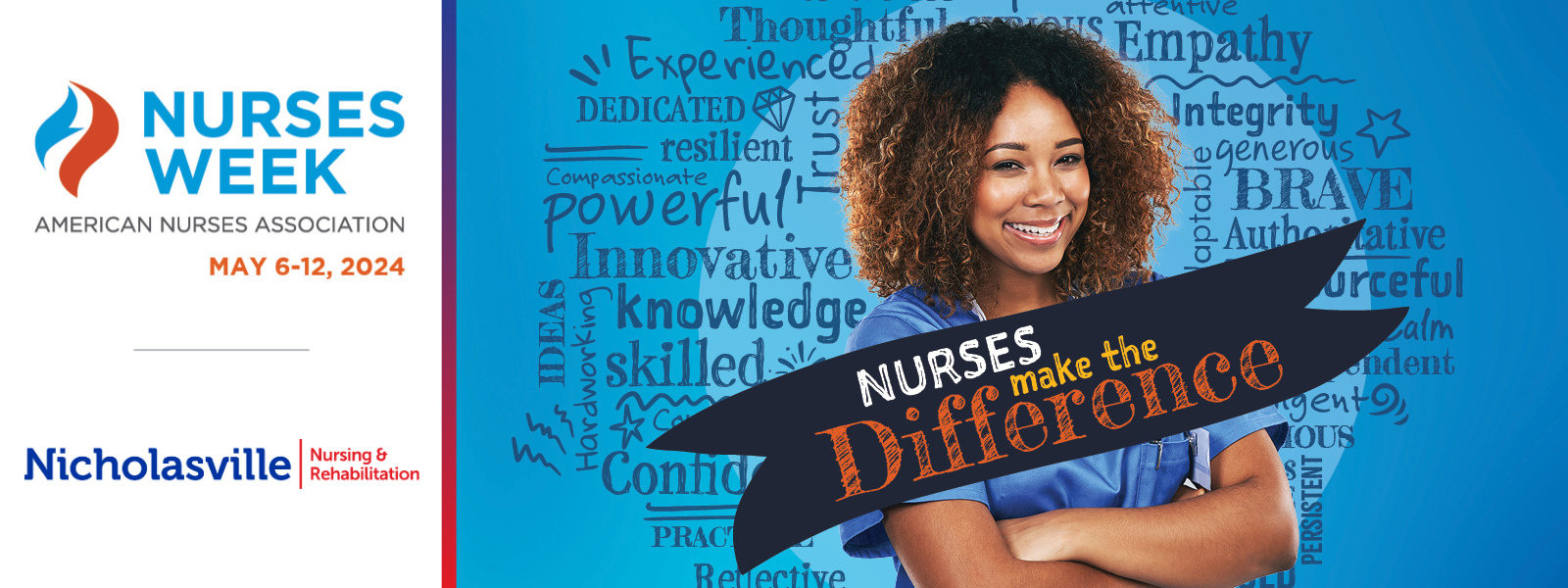Healthy Meal Planning: Tips for Older Adults
May 13, 2024Eating healthfully and having an active lifestyle can support healthy aging. Use the resources below to learn about different patterns of healthy eating and ways to create a nutritious meal plan.
Older adults’ unique nutrition needs
Simple adjustments can go a long way toward building a healthier eating pattern. Follow these tips to get the most out of foods and beverages while meeting your nutrient needs and reducing the risk of disease:
Read and share this infographic and spread the word about ways that may help foster healthy aging.
- Enjoy a variety of foods from each food group to help reduce the risk of developing diseases such as high blood pressure, diabetes, and heart disease. Choose foods with little to no added sugar, saturated fats, and sodium.
- To get enough protein throughout the day and maintain muscle, try adding seafood, dairy, or fortified soy products along with beans, peas, and lentils to your meals. Learn more about protein and other important nutrients.
- Add sliced or chopped fruits and vegetables to meals and snacks. Look for pre-cut varieties if slicing and chopping are a challenge for you.
- Try foods fortified with vitamin B12, such as some cereals, or talk to your doctor about taking a B12 supplement. Learn more about key vitamins and minerals.
- Reduce sodium intake by seasoning foods with herbs and citrus such as lemon juice.
- Drink plenty of water throughout the day to help stay hydrated and aid in the digestion of food and absorption of nutrients. Avoid sugary drinks.
It can be hard for some people to follow through on smart food choices. Read about common roadblocks and how to overcome them and check out the USDA’s tips for older adults.
USDA Food Patterns
Eating habits can change as we grow older. The USDA has developed Food Patterns to help people understand different ways they can eat healthy. The food patterns include:
- Healthy U.S.-Style Eating Pattern: This is based on the types of foods Americans typically consume. The main types of food in this eating pattern include a variety of vegetables, fruits, whole grains, fat-free or low-fat dairy, seafood, poultry, and meat, as well as eggs, nuts, seeds, and soy products. Check out this sample menu to get started.
- Healthy Mediterranean-Style Eating Pattern: This one contains more fruits and seafood and less dairy than the Healthy U.S.-Style Eating Pattern.
- Healthy Vegetarian Eating Pattern: This pattern contains no meat, poultry, or seafood, but does contain fat-free or low-fat dairy. Compared with the Healthy U.S.-Style Eating Pattern, it contains more soy products, eggs, beans and peas, nuts and seeds, and whole grains.
Visit the USDA Food Patterns webpage for more information on each eating pattern and recommended daily intake amounts for each food group.
Meal planning
Read and share this infographic to learn about making healthier food choices as you age.
Answering the question “what should I eat?” doesn’t need to leave you feeling baffled and frustrated. In fact, when you have the right information and motivation, you can feel good about making healthy choices. Use these tips to plan healthy and delicious meals:
- Plan in advance. Meal planning takes the guesswork out of eating and can help ensure you eat a variety of nutritious foods throughout the day.
- Find budget-friendly foods. Create a shopping list in advance to help stick to a budget and follow these SNAP-friendly recipes.
- Consider preparation time. Some meals can be made in as little as five minutes. If you love cooking, or if you’re preparing a meal with or for friends or family, you may want to try something a little more challenging.
- Keep calories in mind. The number of calories people need each day varies by individual. Always discuss your weight and fitness goals with your health care provider before making big changes. Read about calorie goals and healthy food swaps.
Find Recipes
When planning meals, looking for recipes that sound delicious to you can be a good place to start. The USDA features the MyPlate Kitchen, a resource that helps you find healthy recipes that fit your nutrition needs and create a shopping list. The MyPlate Plan tool will create a customized food plan for you based on your age, height, weight, and physical activity level.
Some of the recipes available at MyPlate Kitchen include:
- 20-Minute Chicken Creole: This Creole-inspired dish uses chili sauce and cayenne pepper. It can be cooked on the stovetop or with an electric skillet in just 20 minutes.
- Five A Day Salad: This nutrient-packed salad uses 10 different vegetables, and each serving is equal to five cups of vegetables.
- Apple Carrot Soup: Ginger and orange peel are the secret ingredients to this pork, apple, and carrot soup.
When you create your shopping list, don’t forget nutritious basics such as fresh fruits and vegetables and whole-grain bread. This sample shopping list (PDF, 108 KB) includes a variety of healthy foods you may want to have in your kitchen.
Sample menus
Here are some meal options for breakfast, lunch, dinner, and snacks, including links to recipes as well as simpler choices that can be put together without a recipe.
| Dinner | Snack |
| Chicken breast, roasted vegetables, hummus Roasted salmon, zucchini, and sweet potato Whole-wheat pasta, ground turkey, and tomato sauce Argentinean grilled steak with salsa criolla Eve’s tasty turkey tetrazzini Fish with spinach | Baby carrots and hummus Celery with natural peanut butter Fruit and yogurt Banana cocoa yogurt pops Chili popcorn Yummy bean dip |




